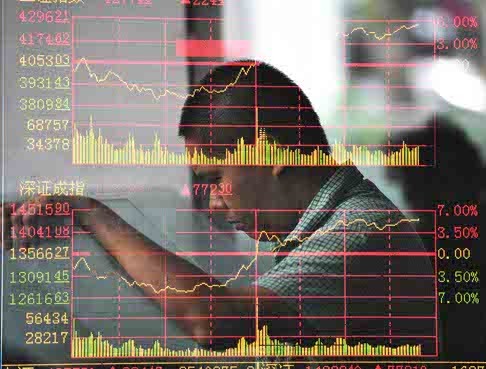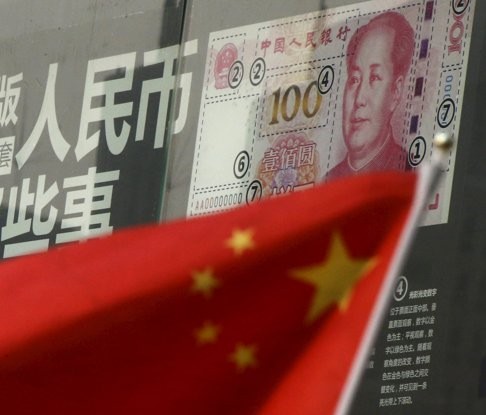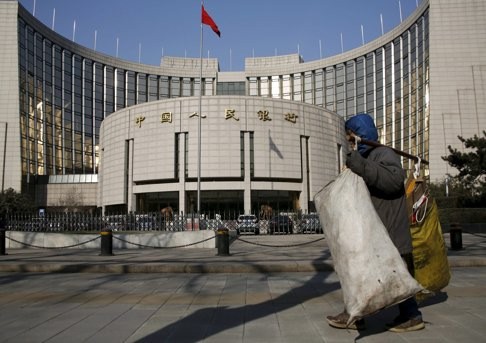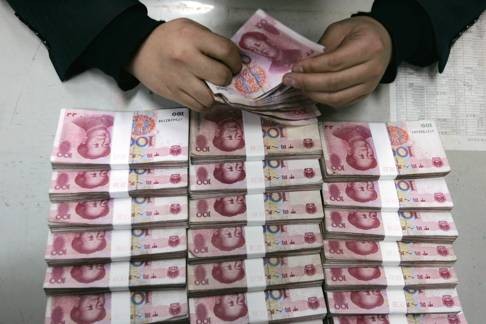
China’s looming debt crisis is no cause for alarm, says PBOC expert
Joe Zhang says while some analysts cite China’s credit-to-GDP ratio as the main reason for an impending disaster, a number of economies with high ratios have defied the doomsday forecasts for decades
It is widely known that China has one of the highest credit-to-GDP ratios in the world at 205 per cent. To put that in perspective, the US’ gross domestic product is 60 per cent bigger than that of China, but China has a money supply balance that is 70 per cent larger than the US.
This fact is often cited as the definitive reason for a looming crisis in China and, thus, in the interdependent world. Until recently, I was in this alarmist camp, but I have started to question the logic.
READ MORE: China’s economy can avoid hard landing if government pushes market-driven reforms, says IMF chief
First, the rising ratio is a global phenomenon. And a credit crisis does not necessarily stop the ratio’s ascent. On the contrary, it often increases the ratio because of the subsequent monetary easing in the wake of a crisis. For example, Thailand, South Korea and Indonesia were the hardest hit in the 1997 Asian financial crisis. However, since then, the credit-to-GDP ratio in Thailand has gone from 85 per cent in 1996 to 127 per cent in 2014, and in Korea, from 37 per cent to 114 per cent. These are very sharp rises in 17 years. Only in Indonesia has the ratio slowly dropped, from 53 per cent to 40 per cent.

Second, the Asian financial crisis had nothing to do with ratios being too high. In fact, they were very low in the three countries. Instead, the crisis was a result of controlled (and thus overvalued) currencies and very high foreign debt. Likewise, the US subprime crisis had little to do with the credit-to-GDP ratio, and was a result of a massive amount of low-standard lending and financial derivatives on the basis of these subprime loans.
One can argue that the emergence of the huge amount of subprime loans reflected a lack of good lending opportunities, and that total credit was too big with regard to the economy. But the ratio itself (56 per cent in 2007) was neither the root cause of the crisis, nor even a symptom.
READ MORE: China changes GDP data calculation method to improve accuracy
So, what do we make of China’s exceedingly high ratio? As the money supply is growing at 13 per cent (credit growth is at a similar rate), while GDP growth is around 8-9 per cent in nominal terms, China’s credit-to-GDP ratio will get much higher in the coming years.
There are several factors behind this high and rising ratio. First, the economy may be understated, reflecting a large proportion of underground economy, and statistical errors.

READ MORE: Why stalled reforms are a bigger worry for China’s economy than a hard landing
What’s wrong with the ratio being very high? Observers fear that if and when a big enough section of the credit is not repaid on time, the banking system may collapse. Alternatively, if and when too many people, burdened by excessive credit, are unwilling or unable to borrow again, the economy will come to an abrupt halt.These are legitimate concerns, obviously. However, the argument needs to find a direct transmission mechanism. How do we go from A to B? What is the crisis threshold for the ratio: is it 300 per cent, or 400 per cent? And why?

Government debt is indeed huge and hard to measure. But Chinese officials, like their counterparts elsewhere, are ready for an even bigger credit binge. So, we should not be afraid of them ever losing their appetite for credit.
Chinese officials, like their counterparts elsewhere, are ready for an even bigger credit binge. So, we should not be afraid of them ever losing their appetite for credit
As the Chinese government is not subject to the budget constraints associated with parliamentary democracy, it is safe to assume that these debts will be taken care of by the printing press, tax increases and the disposal of vast state-controlled enterprises.

China’s blanket deposit insurance system reduces depositors’ sensitivity to bad news. This is conducive to stability in the banking industry but hurts its efficiency.
READ MORE: Why doomsayers need to put China’s credit risk into perspective
Thus far, no one has come up with a convincing argument about how high a ratio must be for a credit crisis (mass bankruptcies) to ensue. Some economies, such as Japan and Taiwan, have traditionally had very high credit-to-GDP ratios, but they have defied the doomsday forecasts for several decades.
The real consequences of the high ratio in China are low returns on investments and the destruction of savings
Japan’s ratio stands at 251 per cent and continues to rise; Taiwan’s is 234 per cent and also rising. Even in 1996, just before the Asian financial crisis, Taiwan had a credit ratio of 174 per cent – substantially higher than that of its troubled neighbours – yet it weathered the storm unscathed.
So the real consequences of the high ratio in China are low returns on investments and the destruction of savings, rather than a dramatic crisis that would shake the world.
Alarmed by the global credit binge, Adair Turner, a former UK financial regulator and member of the House of Lords, proposes an “ultra easy monetary policy as a cure for the debt hangover”. This is music to the ears of Chinese officials who are doing precisely that. Maybe the rest of the world will eventually come around to embrace that idea, too.
Joe Zhang, formerly a manager at the People’s Bank of China, is author of “Inside China’s Shadow Banking”

